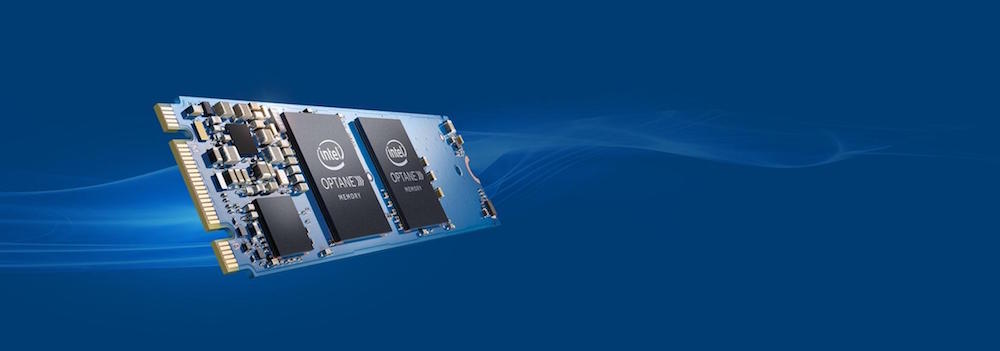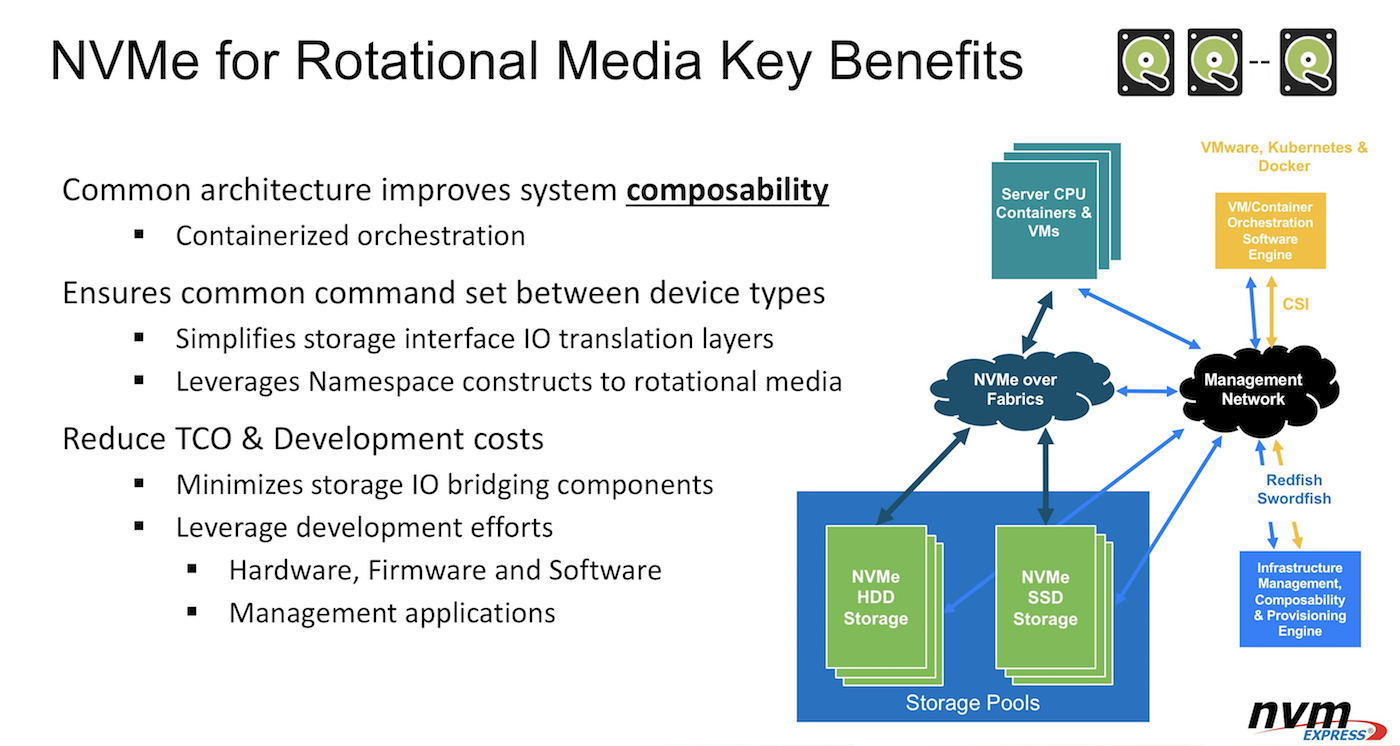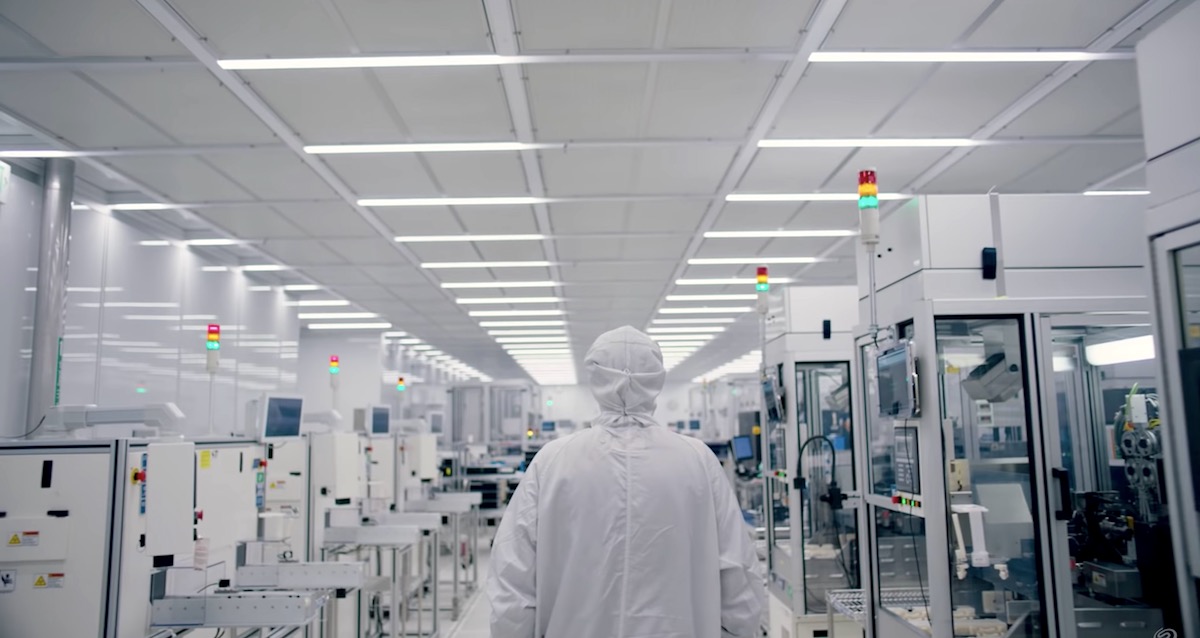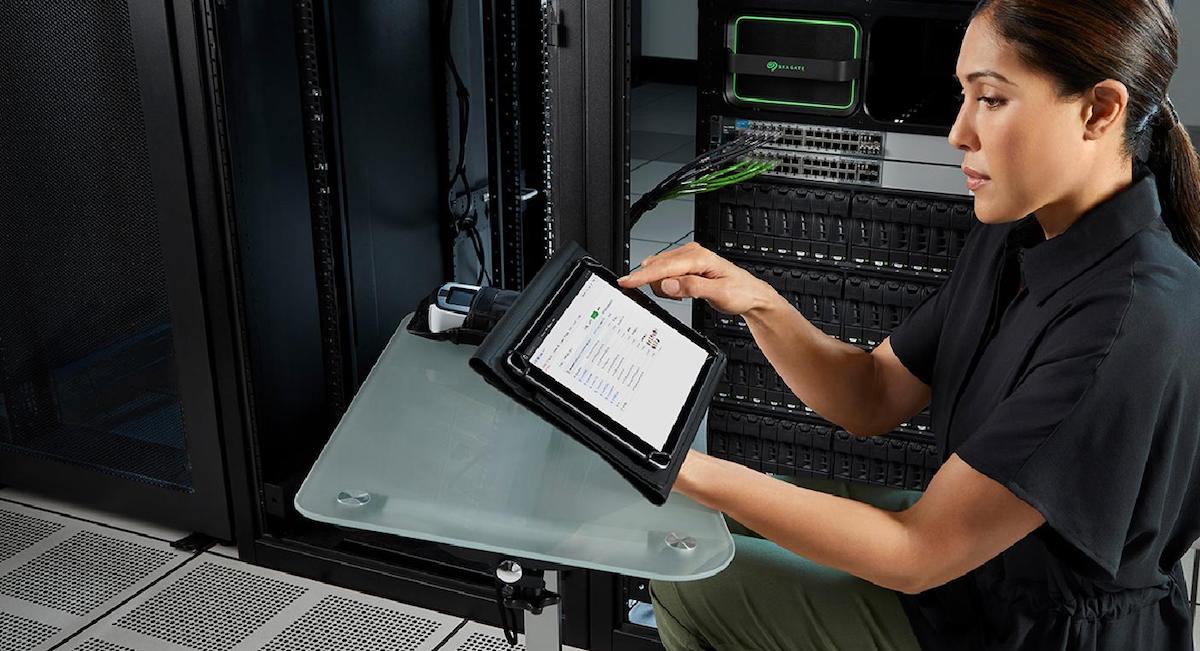Two senior Intel strategists explain how pairing Intel® Optane™ memory with a BarraCuda hard drive transforms system speed and opens up growth.
Once a decade, an innovation comes along that radically changes the technology landscape. Intel® Optane™ memory is one such breakthrough and Seagate has been working closely with Intel to bring this revolutionary new solution to market.
We want PC system integrators to understand how to benefit from Optane, so we asked Intel to take us behind the headlines and dive into the detail. Here, Chris Tobias, Director of the Intel Optane Technology Acceleration Team, and Avinash Shetty, Senior Strategic Planner for Intel, share their insight and explain the revenue and growth opportunities that are opening up for fast-moving system builders, right now.
It makes critical reading for anyone seeking to build differentiated systems that are able to cost-effectively handle today’s increasingly data intensive applications, delivering a great performance improvement by pairing Intel Optane memory with a large capacity BarraCuda hard drive.
First of all, what exactly is Intel Optane memory?
Chris: It’s basically a system acceleration solution, designed for our new 7th Generation and later Intel Core™ processor platforms. By bringing Intel’s new 3D XPoint™ memory media together with our Rapid Storage Technology driver, Intel Optane memory delivers extraordinary new levels of system responsiveness to gamers, creative pros and mainstream PC users, at an affordable price. The accelerator sits between a system’s processor and SATA-based storage device, storing frequently used data and applications close to the processor. As a result, applications can launch and run faster without added storage cost. Essentially, users can have it all.
Architecturally, how is Optane different to previous solutions?
Avinash: Intel has focused our research and development energy on 3D XPoint technology for over a decade, trying to reimagine the long-standing storage and memory hierarchy. If you think about the way typical PC architecture is set up today, you have your CPU, your L1, L2, L3 cache and then your DRAM and storage solution, usually a hard drive. The further away from your CPU you operate, the more performance you lose. The pay-off for increasing storage density is that your latency also increases and everything is volatile, so needs to be flushed at reboot, which really slows performance down.
Intel Optane technology, built with 3D XPoint memory media, bridges the gap between DRAM and today’s NAND technologies. It’s a completely new architecture built from the ground up for the data-intensive world: still stackable, that’s the 3D part, but delivering an extremely low latency. It’s non-volatile, so when you reboot a power cycle, everything stays as it is. It’s also smart and adaptive. All the most critical system files are automatically moved over to Intel Optane memory, including system files, boot files and any Microsoft OS critical files. But a new kind of file-aware caching also optimizes itself around the user, moving the most used apps and files across so they are easily accessible, while evicting files that aren’t touched. With each subsequent boot, the system will learn more about a user’s behavior and move across those files and apps that are being regularly accessed: Outlook, Excel, Word. It’s Intel Optane technology innovation that makes all this possible.
Just to give you a couple of data points, 3D-TLC NAND SSDs tend to have a latency of around 100 microseconds. Intel Optane technology with 3D XPoint memory media starts at 6 microseconds: that’s over 16 times faster than any 3D-TLC NAND SSD out there. This really is a ground-breaking new architectural approach.
What drove your R&D teams to create Intel Optane memory?
Chris: There’s a big chunk of the market that values having plenty of high capacity and local storage, but also wants SSD-levels of speed and performance, all at an affordable cost. We designed Intel Optane memory for this sweet spot.
Data is on an exponential growth curve. Think about 4K video, gaming or any of today’s high resolution creative applications. The data files are huge and people need places to store all that data. They also don’t want to have to deal with slow load and transfer times; these days we all want things on demand. Our research shows that users often prefer to have lots of local capacity. They don’t necessarily have high-speed network connections and would rather keep personal files, such as family photos, physically stored on their own machines.
As CPUs get faster and faster, the challenge really does become how to affordably break the storage bottleneck. Intel Optane memory finally ends the cost / performance trade-off that system integrators and customers have long had to make.
“There’s a big chunk of the market that values
having plenty of high capacity and local storage
but also wants SSD-levels of speed and performance,
all at an affordable cost. We designed Intel Optane memory
for this sweet spot.”
— Chris Tobias, Director of the Intel Optane Technology Acceleration Team
Is Intel Optane memory a specialist or mass-market technology?
Avinash: Intel has put easy adoptability at the heart of our strategy. We spent a lot of time surveying the market and working out where we could deliver the greatest impact and enjoy the best uptake. Intel Optane memory is perfectly tuned for mass market M.2 desktops. We currently have two available SKUs: 16GB and 32GB. Either one is compatible with a standard M.2, one of the most prevalent form factors of mobile and desktop PCs today. Simply install it in any Intel Optane ready system using the Intel® Rapid Storage Technology driver alongside our storage controller and Intel Optane memory will pair up with the hard drive and present to the Microsoft OS as one volume.
Why did Intel partner with Seagate to demonstrate Intel Optane memory’s credentials?
Chris: Seagate is the industry leader in hard drives, so it was a natural fit. We’ve previously worked together to deliver big industry transitions, such as from the PATA to SATA interface. Seagate was right by our side then and we’ve always had a really close and productive partnership, collaborating together to move the industry into exciting new territory. I guess PCs are common ground for us and we’re both constantly looking for new ways to refine the user experience and deliver more of what the customer needs, for less. Our corporate visions truly align.
So, hard drives are still a core technology for Intel when it comes to pushing performance boundaries?
Chris: Yes! According to IDC, hard drives still represent 79% of the desktop TAM (Total Available Market), so they continue to be a solid place for our customers to focus. And pairing an industry-defining drive like a Seagate BarraCuda hard drive with Intel Optane memory can achieve amazing performance and responsiveness, without compromising storage capacity or value for customers. Recently published Seagate benchmarking tests really show what revolutionary results the Intel Optane memory / BarraCuda pairing can deliver. Seagate compared their results with SSD performance and the stats look great. Customers will see a 40% increase in system performance by coupling a 2TB BarraCuda hard drive with Intel Optane memory, 2.3x greater responsiveness and the total price/ GB goes down versus a standalone hard drive.
What makes the Seagate BarraCuda such a good fit for Intel Optane memory?
Avinash: Intel Optane memory is a platform solution for Intel, part of our 7th generation processor desktop story. Whenever we release a new platform, we literally have hundreds of engineers around the world testing and validating, undertaking quality and reliability checks. The Seagate BarraCuda hard drive was used as one of the main vehicles for testing because our two companies have such a close relationship. We were able to work together through the inevitable debugging process to get the solution out to market faster. At this point, we know that the Seagate BarraCuda has gone through thousands of cycles of inter-validation and the teams at Seagate have also independently conducted thorough ongoing validation. That’s why Intel feels so confident in recommending that customers pair either of our 16GB or 32GB Intel Optane memory modules with a BarraCuda hard drive. For smaller workloads and mainstream uses, the 16GB Intel Optane memory module is the right option. For more intensive gaming or creative, media-intensive applications, our 32GB module is the ideal choice.
Is Optane a future opportunity, or should system builders focus on it right now?
Chris: In my view, the real growth opportunity for Seagate partners lies in being nimble and bringing Intel Optane to market ahead of the curve. There is a window at the moment where smaller system integrators can move faster than the big manufacturers, who have to go through their own internal validation and inevitably don’t have such responsive design and build processes.
Building systems that accelerate performance without compromising capacity or cost will obviously help to drive PC refresh cycles and generate new upsell opportunities. The fact is that the desktop market continues to massively favour hard drive, so the Intel Optane memory opportunity really is a healthy one for Seagate system-builder partners. A lot of mainstream PC buyers have also missed out on storage acceleration to date. This new pairing makes it easy for small integration shops to add a ton of value for these lucrative mainstream users. As we’ve discussed, the benchmarks look great and the case for pairing a BarraCuda hard drive with Intel Optane memory is truly compelling.
Together, Intel and Seagate can really help system integrators deliver differentiation. We’ve always had a close relationship and both invest heavily in our partner programs. There really is shared vision here that Seagate partners can – and should – make the most of right now.
Do you have any last thoughts to leave with us?
Avinash: Intel Optane memory delivers a responsiveness and performance boost you can literally see. Put two systems side by side and a stand-alone hard drive simply cannot keep up with an Intel Optane enhanced system. Add that to the continued popularity of hard drives and the BarraCuda also becomes a game-changing integration choice.
As you’d expect with Intel, we have a whole roadmap and are building a portfolio of Intel Optane technology-based solutions for both the desktops that we’ve talked about today, and the data center. Intel Optane SSDs for data centers are available in AIC and U.2 form factors and we expect this technology will revolutionize the data center in the way that Intel Optane memory is transforming the desktop. It will help accelerate applications, and deliver fast storage and expanded memory. This is only the beginning as we expand our portfolio. I’m sure that Seagate will stay with us on that journey.
“Optane delivers a responsiveness
and performance boost you can literally see.
Put two systems side by side and stand-alone
hard drives simply cannot keep up with an
Intel Optane memory-enhanced system.”
— Avinash Shetty, Senior Strategic Planner, Intel
Chris: Agreed. As data growth explodes, this really is an exciting time to be in the memory and storage business. Memory and storage are key accelerants to data growth which means that Intel, along with trusted storage partners like Seagate, are perfectly placed to deliver the solutions that your customers need.
Many thanks to Chris and Avinash for sharing their invaluable inside view.
Learn more
See the fast, fierce and versatile BarraCuda in action and check out the whole BarraCuda family’s powerful hard drive credentials.
Compare the benchmark test results for BarraCuda + Intel Optane memory.







